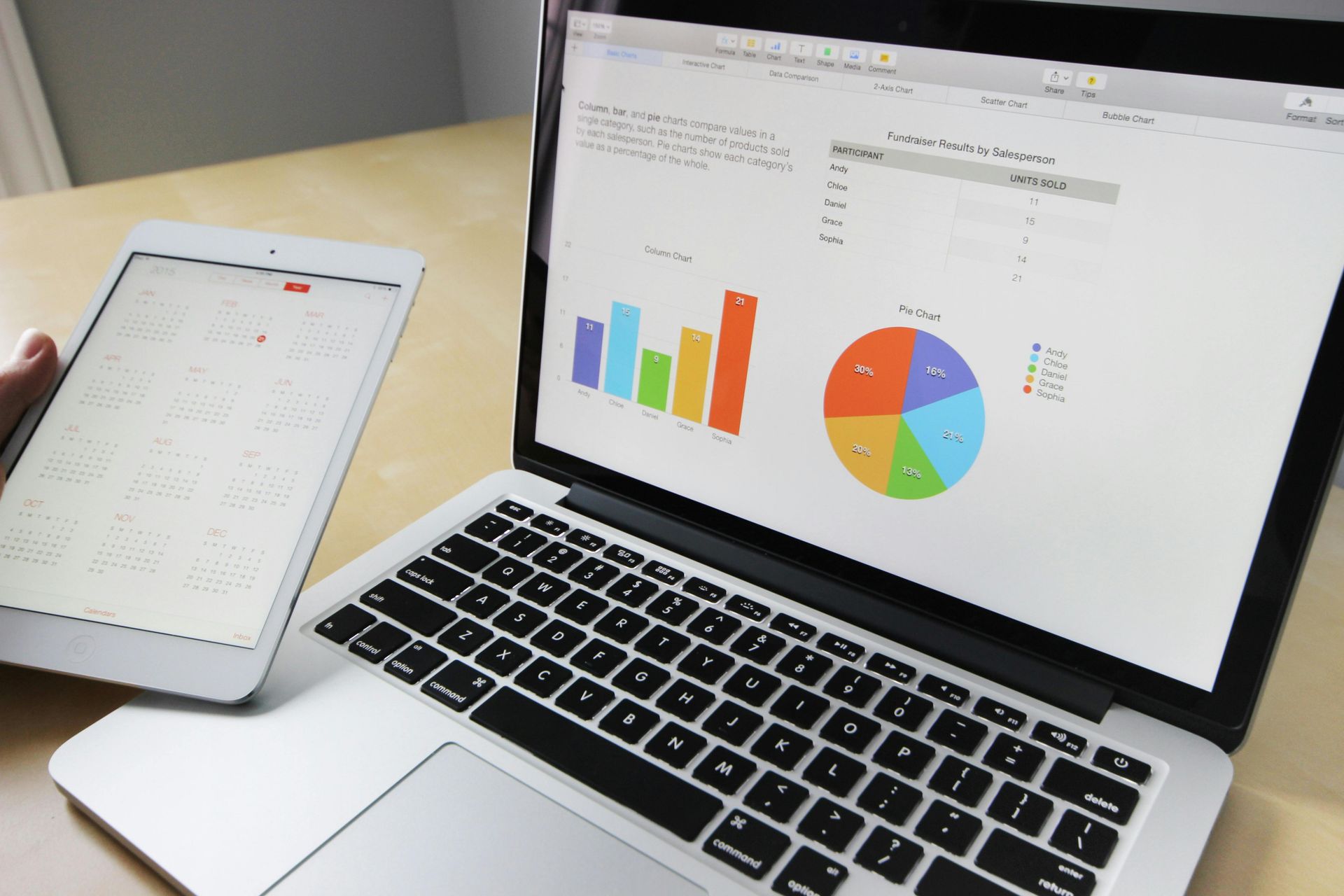Affiliate Marketing and Running Meta Ads in 2025: A Guide to Digital Success
As the digital landscape continues to evolve, affiliate marketing remains a powerful strategy for earning passive income, while Meta ads (advertising on platforms like Facebook and Instagram) offer unparalleled opportunities for targeted outreach. In 2025, with advancements in AI, data analytics, and privacy regulations, mastering these tools will be essential for online entrepreneurs and marketers. This article explores how to succeed in affiliate marketing and leverage Meta ads in the coming years.
Understanding Affiliate Marketing in 2025
Affiliate marketing involves promoting products or services for other companies and earning a commission for each sale or action generated through your unique affiliate link. By 2025, this industry is expected to grow further due to the rise of influencer marketing, niche content creators, and e-commerce. Platforms like Amazon Associates, ClickBank, and ShareASale will continue to dominate, but new networks tailored to specific industries, such as SaaS or wellness, are emerging.
To get started, choose a niche that aligns with your interests and audience. Research products or services with high demand and generous commission structures. In 2025, authenticity will be key—audiences are savvier and more skeptical of overt sales pitches. Focus on creating valuable content, such as blog posts, YouTube reviews, or social media posts, that naturally integrate affiliate links. Tools like AI-driven content generators and analytics platforms can help identify trending topics and optimize your content for engagement.
Additionally, consider joining affiliate programs that offer recurring commissions, such as subscription-based services.

Running Meta Ads in 2025
Meta ads, encompassing advertising on Facebook, Instagram, and other Meta platforms, remain a cornerstone of digital marketing due to their extensive reach and sophisticated targeting options. By 2025, Meta is expected to integrate even more AI-powered tools for ad creation and optimization, making it easier for beginners to achieve results while navigating stricter data privacy constraints.
Start by defining your goals—whether it’s driving traffic to affiliate links, building brand awareness, or generating leads. Use Meta’s Ads Manager to create campaigns tailored to your objectives. In 2025, video and interactive ad formats like Stories and Reels are projected to outperform static ads, as short-form content (like Instagram and Facebook/Meta reels) continue to dominate user attention. Invest in high-quality visuals and compelling copy that resonate with your target audience.
Targeting will be more nuanced in 2025 due to reduced reliance on third-party cookies. Leverage Meta’s first-party data and lookalike audiences to reach users similar to your existing followers or customers. Additionally, experiment with AI-driven dynamic ads that automatically adjust content based on user behavior.
Budgeting is critical. Start with a small daily spend to test different ad sets, then scale up once you identify high-performing creatives. Monitor metrics like click-through rate (CTR), cost per click (CPC), and return on ad spend (ROAS) to optimize performance. Meta’s machine learning algorithms will likely become even more adept at delivering ads to the right audience, so trust the system while regularly refining your strategy.
Combining Affiliate & Digital Marketing with Meta Ads
Integrating affiliate marketing with Meta ads can amplify your earnings. Use Meta ads to drive traffic to landing pages or content featuring affiliate links. Create compelling lead magnets, like free guides or webinars, to capture user data before redirecting them to affiliate offers. Be mindful of affiliate program rules—some prohibit direct linking from ads, requiring a buffer page.
In 2025, community building will enhance both strategies. Use Meta’s group features to engage with niche audiences, subtly promoting affiliate products while fostering trust. Combine this with retargeting ads to re-engage visitors who didn’t convert initially.
Let's bring it on home...
Affiliate marketing and Meta ads in 2025 offer immense potential for digital marketers willing to adapt to new technologies and regulations. Focus on authenticity, data-driven targeting, and creative content to stand out. By blending these strategies, you can build a sustainable income stream while navigating the ever-changing digital landscape. Start small, test relentlessly, and stay updated on industry trends to thrive in this dynamic space.


